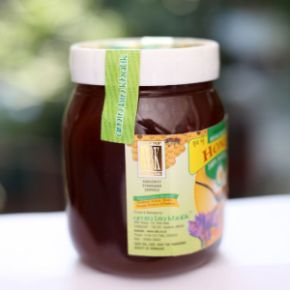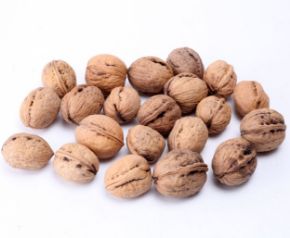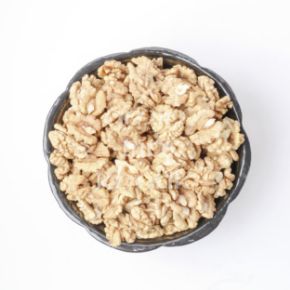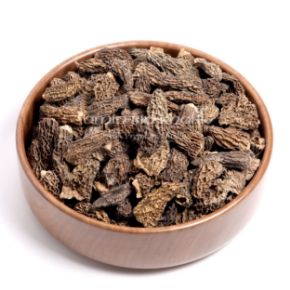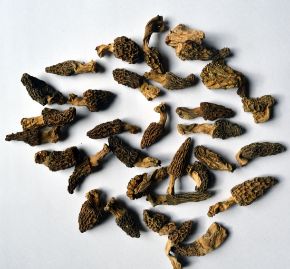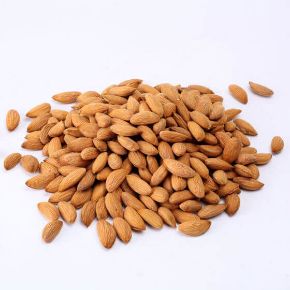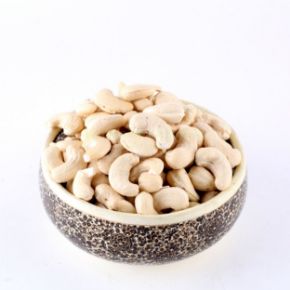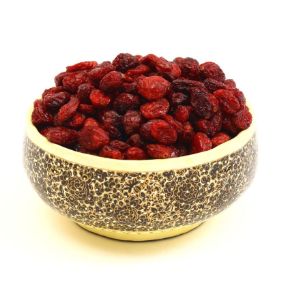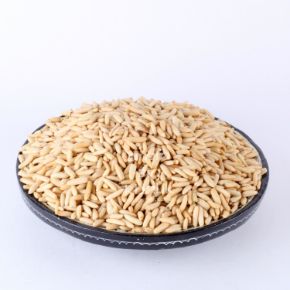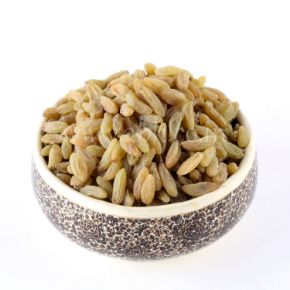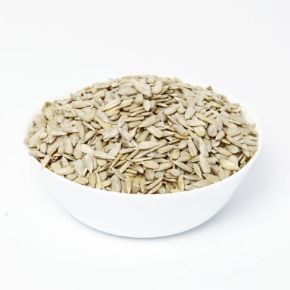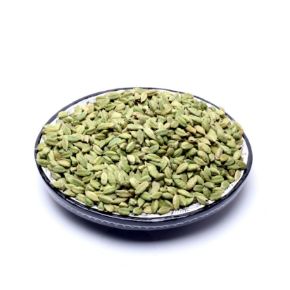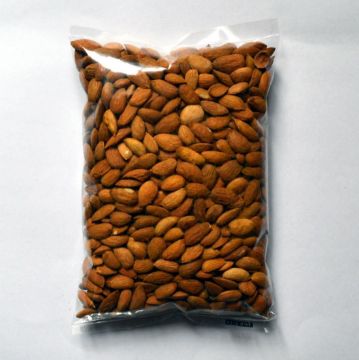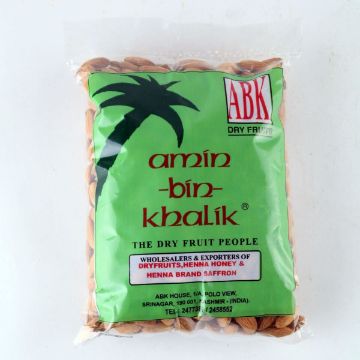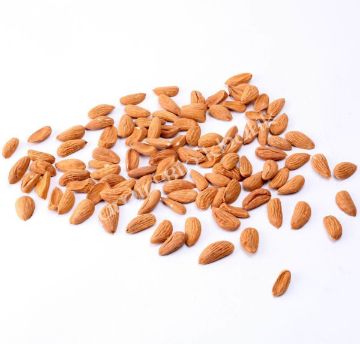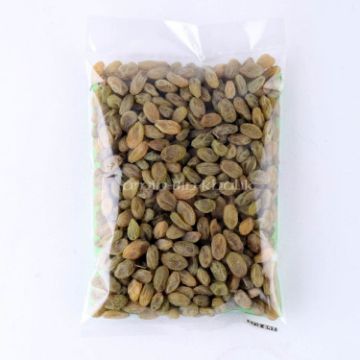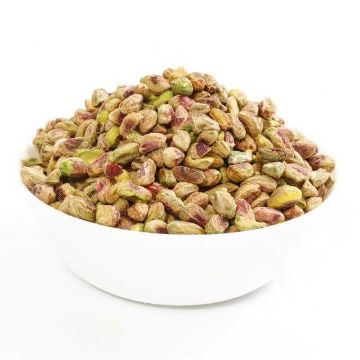Only registered users can write reviews
Related Products
Broken Kashmir Almond Kernels, 1 kg
Broken Kashmir Almond kernels. Good for snacking or baking.
₹1,100.00 ₹1,000.00
Customers who bought this item also bought
Best quality Walnut kernels, 500 gm
Best Quality Kashmir Walnut Kernels Online. Selected Walnut kernel halves of light color with no broken pieces. The product is from the new crop (current crop) and contains No Bitter kernels Guaranteed.
₹900.00
Saffron, 1 gm - Best brand of Kashmiri Kesar
Best quality 1 gm of Saffron from ABK. Saffron from ABK house is warranted to be 100% pure and natural product and is free from any foreign matter. Kashmiri Saffron (Kesar) has a Silky texture and has a powerful colouring and flavouring capability. Kashmiri Saffron is qualitatively better than Iranian Saffron for its distinguishing length of Stigmas and dark red colour. At Amin-Bin-Khalik (ABK) we have been selling World-class Saffron to our customers worldwide from about 50 years now, and Saffron at ABK is our forte, our speciality! Apart from quality, at ABK we can ensure you the true weight of the product sold or shipped as mentioned on our packaging.
₹390.00
equates to ₹3,90,000.00 per 1 kg(s)
Afghan Raisins - Grade A, 250 gm
Green seedless Afghan raisins. These raisins contain less than 19% moisture by weight. These are dried in the "kishmish khana" away from direct sunlight.
₹400.00
UNSALTED, Green Pistachios, 250 gm
Shelled Pistachios from Iran. This is a natural form of pistachios and is not salted or roasted.
₹700.00
Whole Walnut kernels (full and round), 500 gm
The best Organic Walnuts online, full round kernels of the current crop of Walnuts. These come from a special grade of Walnuts, that have a very soft shell and that is how they are not produced in a larger quantity.
₹900.00




